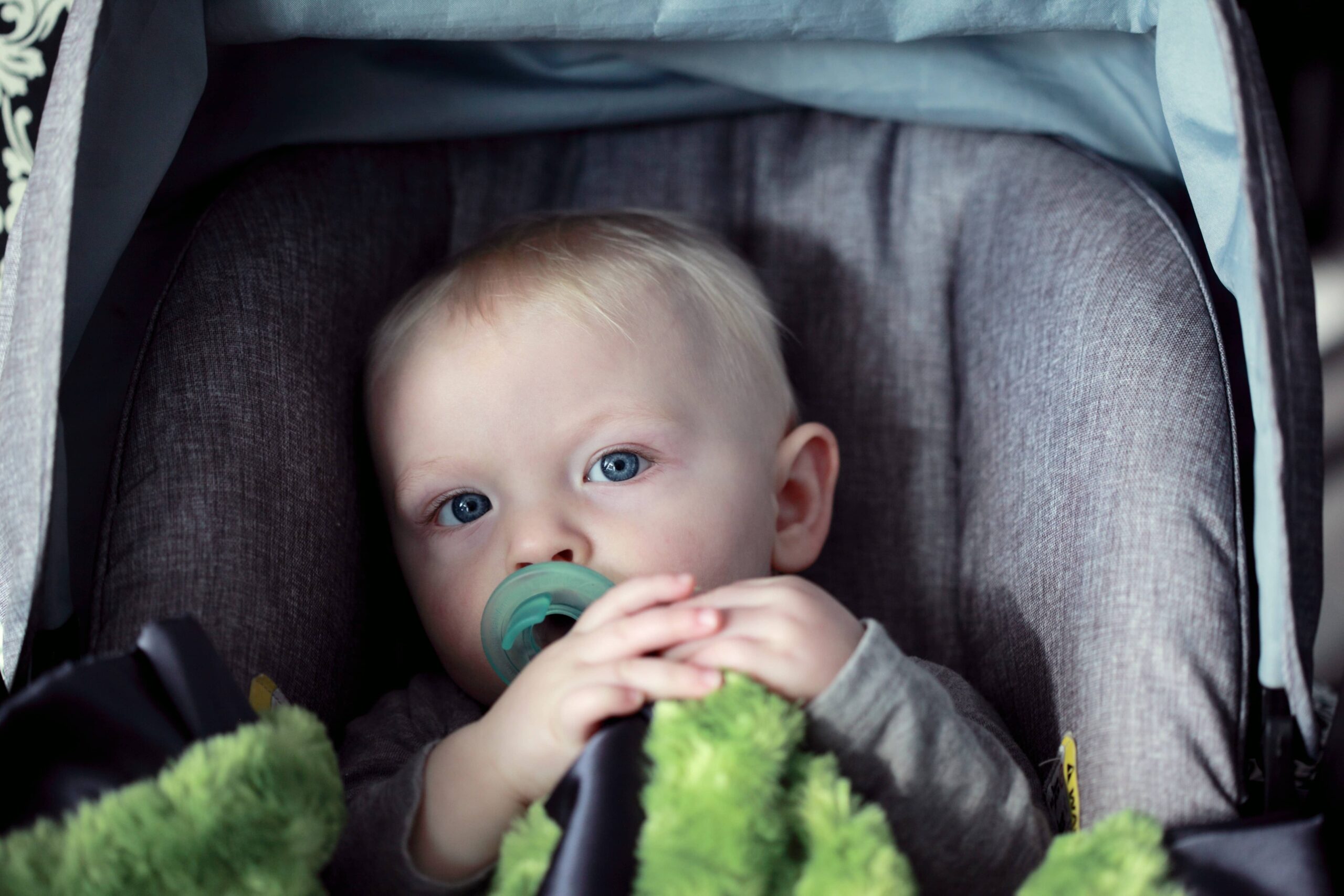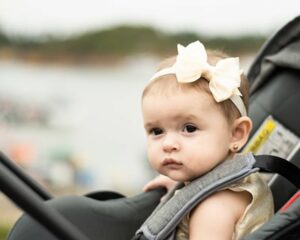Among the most common questions that we hear from parents at PAK Pediatrics are those related to childhood car safety. One topic that seems to confuse and intimidate many is the subject of car seats. There are a lot of different types of car seats on the market, so how do you know which to pick for your child?
Furthermore, when should a child graduate from a car seat to a booster seat, or from a booster seat to no special seating at all? What about car seat installation? How do you know your child is properly secured?
To provide you with the information you need to protect your children on the open road, we here at PAK Pediatrics have put together some helpful educational resources that you can use to get a better handle on the correct usage of child car seats.
At the top of this page and on our YouTube channel, you’ll find a short video offering a broad overview of the subject. For more detailed information on car seats, refer to the Car Safety Seats Guide on our website.
Below, we’ve put together a quick guide explaining what kind of car seats are best depending on the age of your child, along with some tips for using them correctly.
How to Pick the Right Car Seat for Your Child
Rear-Facing Car Seats
When riding in cars, children who are two years of age or younger should always be placed in a rear-facing car seat.
Because children at this age typically have heavy heads and underdeveloped neck musculature, being thrown forward can potentially result in serious head or spine injuries. In the event of an accident, rear-facing car seats are better at absorbing the force of the collision while also providing superior head, neck, and back support.
Before you even put your child in their car seat, consider the positioning of the seat within your car. Car seats should never be placed in the front passenger seat. Instead, place them in the back seat, in the very center of the row. This will help protect the child during side-impact car accidents.
When securing your child in the car seat, make sure that they are positioned either at shoulder level or below so that they actually have to come up and over the baby’s shoulders. The seat’s breastbone harness, meanwhile, should be positioned at armpit level.
It’s important to strap your baby in tightly, but not excessively so. In general, you should be able to wiggle one or two fingers into the area between your child and the car seat strap, and you should not be able to “pinch” any material on the straps. During winter, always take babies out of heavy coats and jackets before placing them in their car seat, as bulky clothing items can make it difficult to strap the child in securely, which can result in whiplash.
Front-Facing Car Seats
Although children over the age of two can usually safely transition from a rear-facing car seat to a front-facing car seat, it’s often safer to avoid moving to a different car seat or position until your child has outgrown the age, weight, and height requirements outlined by the car seat manufacturer (this information can usually be found on a sticker somewhere on the car seat itself) and in the car seat owners manual.
In other words, if your three-year-old still fits comfortably in a rear-facing car seat, don’t hesitate to continue using that car seat. Once a child has grown too big for a rear-facing car seat, however, move them to a dedicated front-facing seat. Do not attempt to simply turn a rear-facing car seat around.
Why? Because most car seats are only designed to provide proper cushioning from one direction, so make sure you’re using either a car seat intended solely for front-facing use or a convertible (meaning that it can be readjusted from rear-facing to front-facing) car seat
When strapping a child into a front-facing car seat, the straps should now be at shoulder level or higher, while the breastbone harness should remain at armpit level. The child’s head should come to about an inch below the top of the seat back, and, once again, you should be able to fit only one or two fingers between your child and the straps, and you should not be able to “pinch” any material on the straps.
Children should usually continue to be placed in a front-facing car seat until about the age of seven, although this can vary based on the child’s height and weight development. Again, refer to the manufacturer’s specifications while also taking notice if your child has grown too tall for their head to be positioned an inch below the top of the seatback.
Booster Seats
Once your child has grown too large for a front-facing car seat, it’s a good idea to use a booster seat until they are tall enough to wear a standard-issue seat belt correctly and comfortably. If your car’s shoulder strap is above their head or runs across their neck or face, they do not have adequate protection.
Keep in mind that proper child car safety doesn’t have anything to do with age and is more related to the child’s height. A booster seat should be used until your child has reached the recommended height of 4’9”.
Additionally, make sure your child’s booster seat offers adequate back support. Studies have shown that children properly positioned in boosters seats are 45% less likely to be hurt in the event of a car accident.











